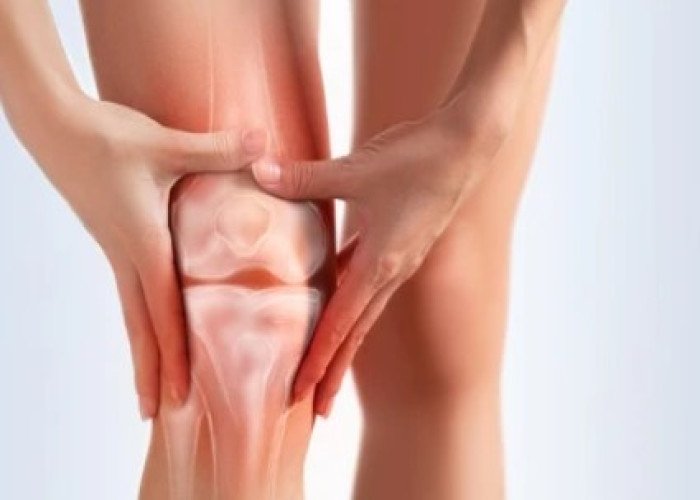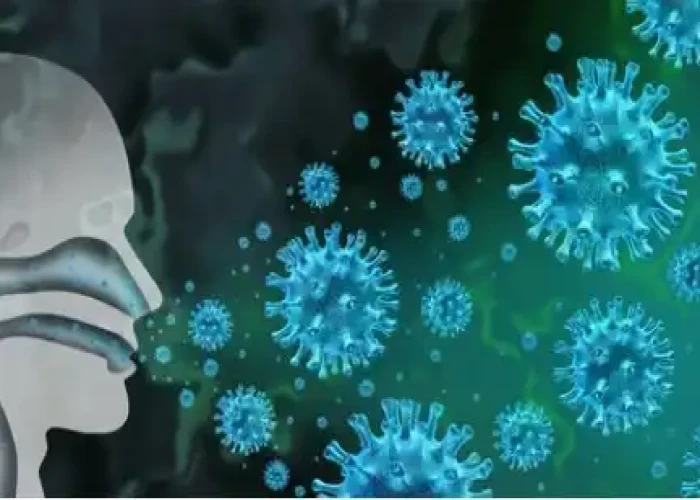 Welcome
Welcome
“May all be happy, may all be healed, may all be at peace and may no one ever suffer."
Leprosy - Yoga remedies
Leprosy, also known as Hansen's disease, is a chronic infectious disease caused by the bacteria Mycobacterium leprae. It primarily affects the skin, nerves, and mucous membranes of the upper respiratory tract.
Leprosy can be transmitted through close and prolonged contact with infected individuals. However, it is not highly contagious and is spread more through living in conditions of poverty and poor hygiene than through direct contact.
Symptoms of leprosy can take years to develop and can vary greatly from person to person. The most common symptoms include skin lesions or nodules, loss of sensation or numbness in the skin, and weakness or paralysis of the muscles in the hands, feet, and face.
Diagnosis of leprosy typically involves a physical examination of the skin and nerves, along with a skin biopsy to confirm the presence of the bacteria. Treatment for leprosy involves a long-term course of antibiotics, usually for several years, to kill the bacteria and prevent further damage to the nerves and skin.
Early diagnosis and treatment are crucial in preventing the spread of leprosy and reducing the risk of serious complications such as blindness and deformities. In addition to antibiotics, treatment may also involve wound care, physical therapy, and surgery to repair damaged nerves or correct deformities.
Prevention of leprosy involves improving living conditions and hygiene practices in areas with high rates of the disease, as well as early diagnosis and treatment of infected individuals. The Bacillus Calmette-Guerin (BCG) vaccine has also been shown to offer some protection against leprosy, although it is not 100% effective.
In summary, leprosy is a chronic infectious disease caused by the bacteria Mycobacterium leprae. It primarily affects the skin, nerves, and mucous membranes and can be transmitted through close and prolonged contact with infected individuals. Early diagnosis and long-term antibiotic treatment are crucial in preventing the spread of leprosy and reducing the risk of serious complications.

One leg is short

Ulcers

Arthritis in the knee

Influenza

Hernia (Intestinal protru...

Flatulence

Edema

Polyuria
Leprosy, কুষ্ঠরোগ
To be happy, beautiful, healthy, wealthy, hale and long-lived stay with DM3S.

